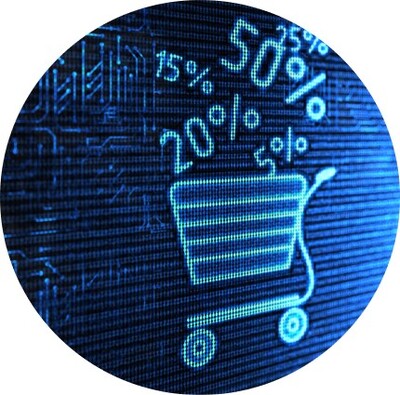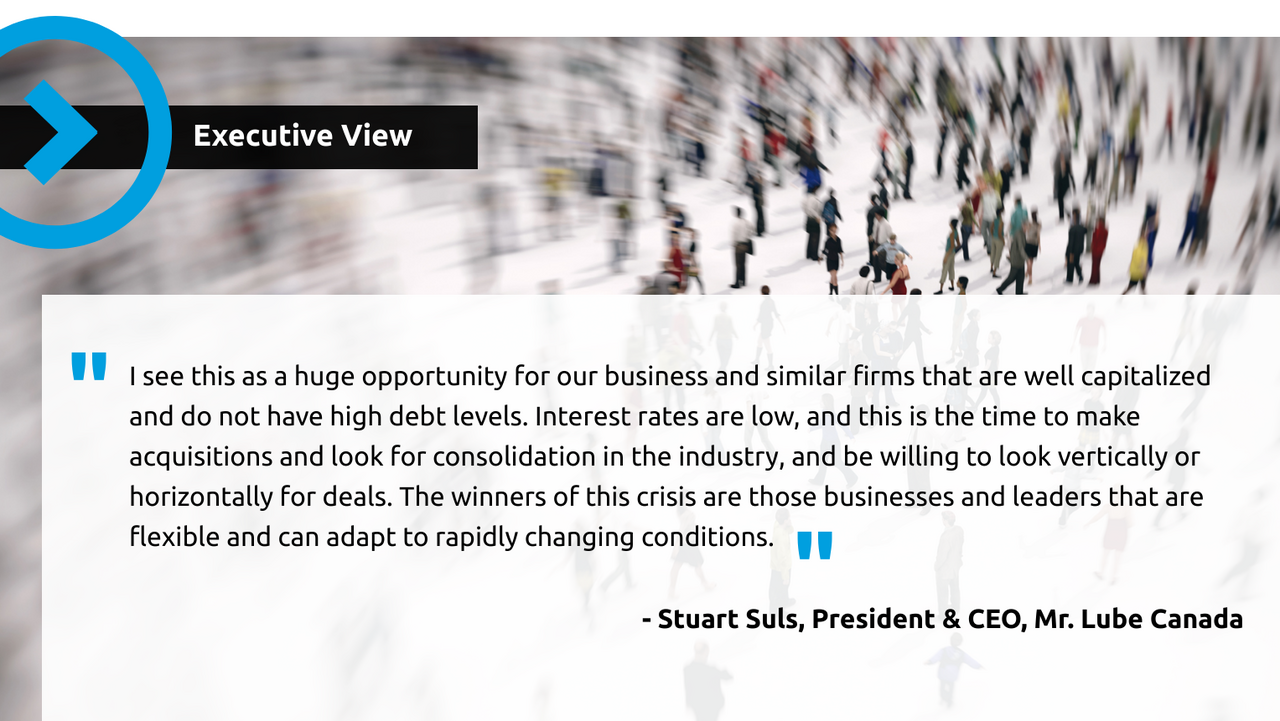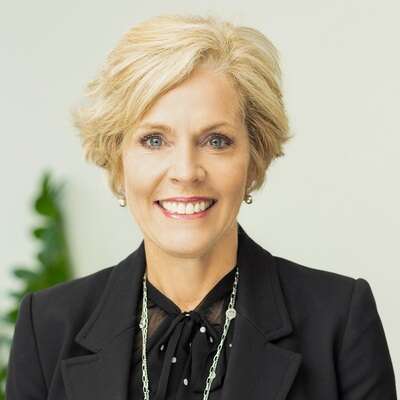Perspectives from Boyden's Retail Experts
As the grip of COVID-19 continues to have a global impact, Boyden is tapping into the deep collective knowledge base of our partners to bring industry insights and prescriptive learnings to the forefront.
In this issue of Resilient Leadership, Boyden shares the expert opinions of our retail leaders from across the globe: Mirko Petrelli (Singapore and China), Lisa Kershaw (Canada), and Carita Lahti (Finland).
In conversation with Boyden’s Global Consumer & Retail Practice Leader, Cornelia Tänzler (Switzerland), the group explores the immediate crisis impacts on the sector including arising opportunities, the ongoing omnichannel transformation, and the evolving leadership skillset to deliver.
Tänzler: Retail has experienced great disruption during this time. What are the top effects realized as a direct result of the pandemic?

Petrelli: A reduced physical retail footprint. Companies are looking at expanding their digital presence and reducing their brick-and-mortar presence. This trend might be here to stay for some retailers, depending on the possibility of going back to enjoy a shopping experience without the current constraints.
it’s important to note that the change from physical to digital can be simple and smooth if you have the right talent in your organisation. Companies will need people with different skills, who are in high demand in today’s market. Hiring people from the outside will be inevitable, from different industries and a redefined list of competitors. In that sense, having a robust assessment, training, and talent monitoring program will help organizations to adapt faster than their competitors.
Kershaw: Two trends are emerging that are quite specific. The first: niche e-retailers. They are seeking to solve one, and only one, consumer problem, for example, the hyper-focused site that sells only a single item. The second: the concept of binary retail. People either want to shop locally, and only locally, and abhor Amazon, or the reverse.
Lahti: To add to that, we can break out the effects across several retail sectors. The hospitality and travel industry has been hit harder than most. And while digital solutions and innovations were critical to survive, restructuring across the sector is looming, if not already here. Within the food service industry, we saw a surge in innovative home delivery and pickup concepts. That same approach accelerated with grocery retailers and consumers alike. Finally, the consumer goods sector, which experienced a COVID-19 surge and is now stabilizing, has significantly advanced over the course of the pandemic, despite having its own set of challenges – supply chain, for one.
Tänzler: Crisis can be a catalyst for innovation, with unique considerations in the retail sector. What opportunities do you see in this new reality?

Lahti: Digitalization has accelerated across the spectrum in terms of internal processes and management practices, throughout the supply chain and the consumer experience, i.e. online groceries, home delivery. While these are quick solutions for retailers, the longer-term opportunities would be collaborative service concepts, integrating pieces from different companies under one concept including services or/and products, for instance automotive broadening its scope to leasing, services from new and used car sales online and shop floor practices.
Petrelli: The biggest opportunity is in the control of data and digital experience. The more companies can drive customers directly into their digital territory rather than third-party platforms, the more they control the experience and, ultimately, the revenue stream and margins. And digital is not only about ecommerce, meaning some retail companies might need to rethink their digital presence completely.
Kershaw: It’s all about digital. We’re finding that some of the most disruptive leaders are not long-time retailers, but technology leaders who have segued into retail.
Tänzler: From social distancing restrictions, increased health and safety protocols, and wavering consumer confidence, significant uncertainty remains within retail. How is the segment adjusting in the short term? What can we expect to see in the long term?

Petrelli: Retail has adjusted to the current environment, becoming a safer space with lower traffic. A reduced amount of traffic in the store does offer the opportunity of an improved customer experience interaction that can and should lead to a higher conversion rate. Will the higher conversion rate compensate for the lower traffic? Difficult to say at this stage. Long term, I believe the brands that are able to create an integrated digital-offline experience and increase the conversion rate in stores will enjoy a strong competitive advantage.
Lahti: I would add three points that transition from short-term to long-term. First, online will continue to experience strong growth in terms products and services. Second, home will be the place to invest. Any services and goods related to home improvements will benefit if they are innovative in their offerings, concepts, and marketing. And third, the hospitality, travel and live entertainment sectors are suffering, but the innovative ones, for example timeshare sales on cottages and apartments, will succeed.

Tänzler: Given this opportunity for redesign and transformation, what functional leaders will be in high demand?

Kershaw: Across Canada and North America, we’ve seen significant uptick in two broad areas: digitally savvy leaders who can enable the business through technology and data, such as CTOs, CIOs and heads of eCommerce. Also chief people officers, some of whom are carrying wider portfolios, e.g. ED&I or social purpose, that specifically address the needs of a traditionally younger retail workforce.
Petrelli: Country managers and chief data analysts are current high-demand roles. But if I look more forward, from the trends I’m seeing across APAC, there are two C-suite functions on the rise: the chief customer experience officer, to manage both the online and offline customer experience; and the chief data officer as a leadership function that can capture, analyse, and leverage data intelligence to create new sales opportunities or reduce costs.
Lahti: I agree and do see a rise in those areas across the Nordics and Europe. Specifically, there is increasing demand across several functions: business leaders, including CEOs, digital marketing and omnichannel sales leaders, CFOs with M&A and funding background, as well as board chairs and members with focused backgrounds and transformation experience.
Tänzler: Many leadership lessons will be learned from the pandemic. What do you feel will be one of those top lessons?
Kershaw: If we want the life we had, we need to support the life we want. If we, as consumers, value a certain store or method of retail, we need to support it. Many consumers are rewarding their favourite small independent restaurant or store. Leaders who can mobilize the public with this call to action will be rewarded.
Lahti: There are several. A top lesson is the value of timely decision-making and implementation. Another is the ability to harness agile innovation and concept development, with a commercial mindset.
Petrelli: A chief lesson – and mindset transition – is that we can lead remotely, without physical interaction, at least when there is a pre-existing knowledge of the people in the team and a pre-existing level of trust. In the future, when more and more people are hired without an in-person interview who are working with team members remotely, it will be essential to focus more on personality fit, leadership assessments and integration programs for new team members. There will be an increased need for shared knowledge of people personality and leadership styles among team members. Even more important will be team and individual coaching, to foster a sense of belonging and align people with the organisational culture.








